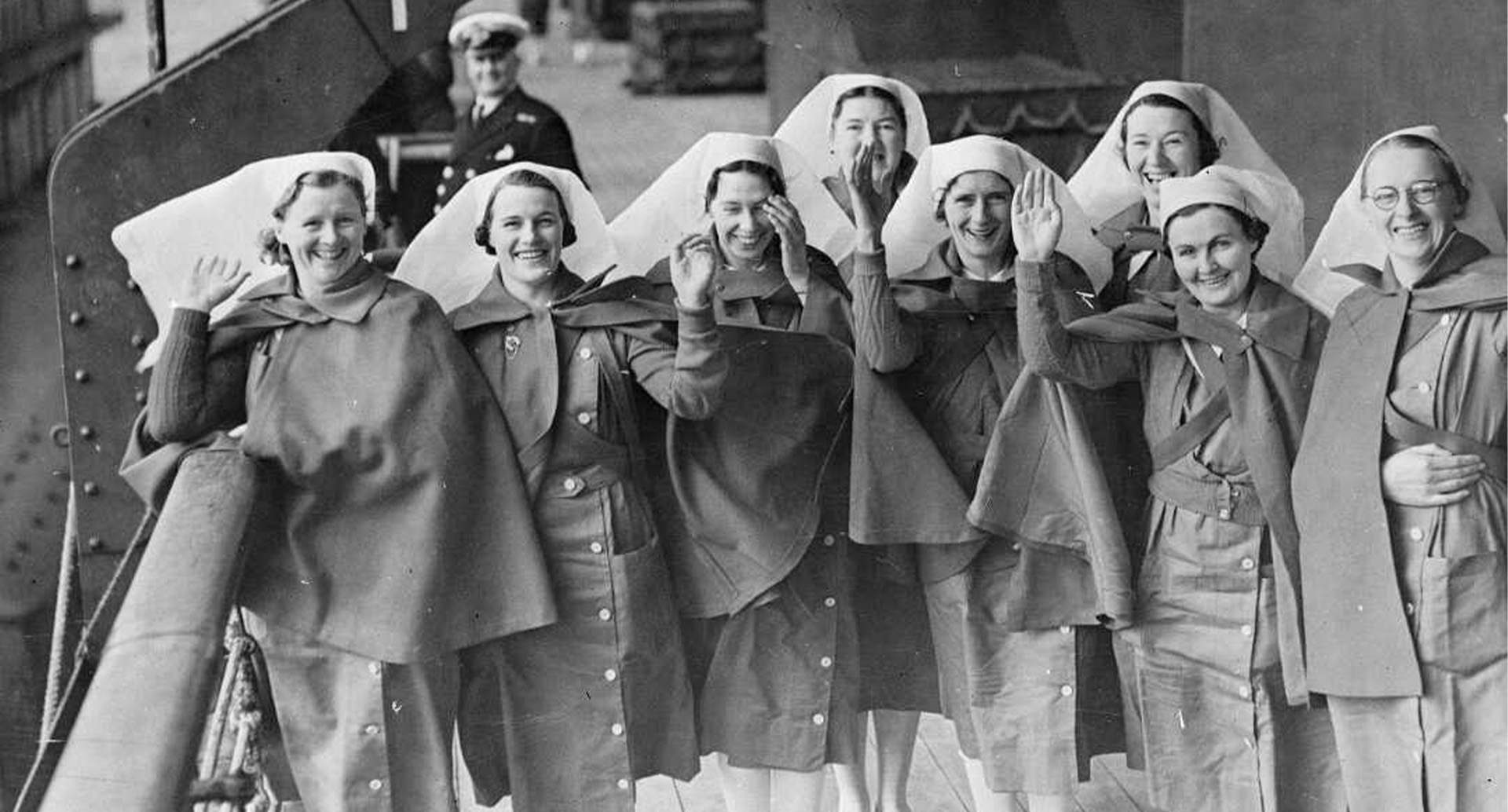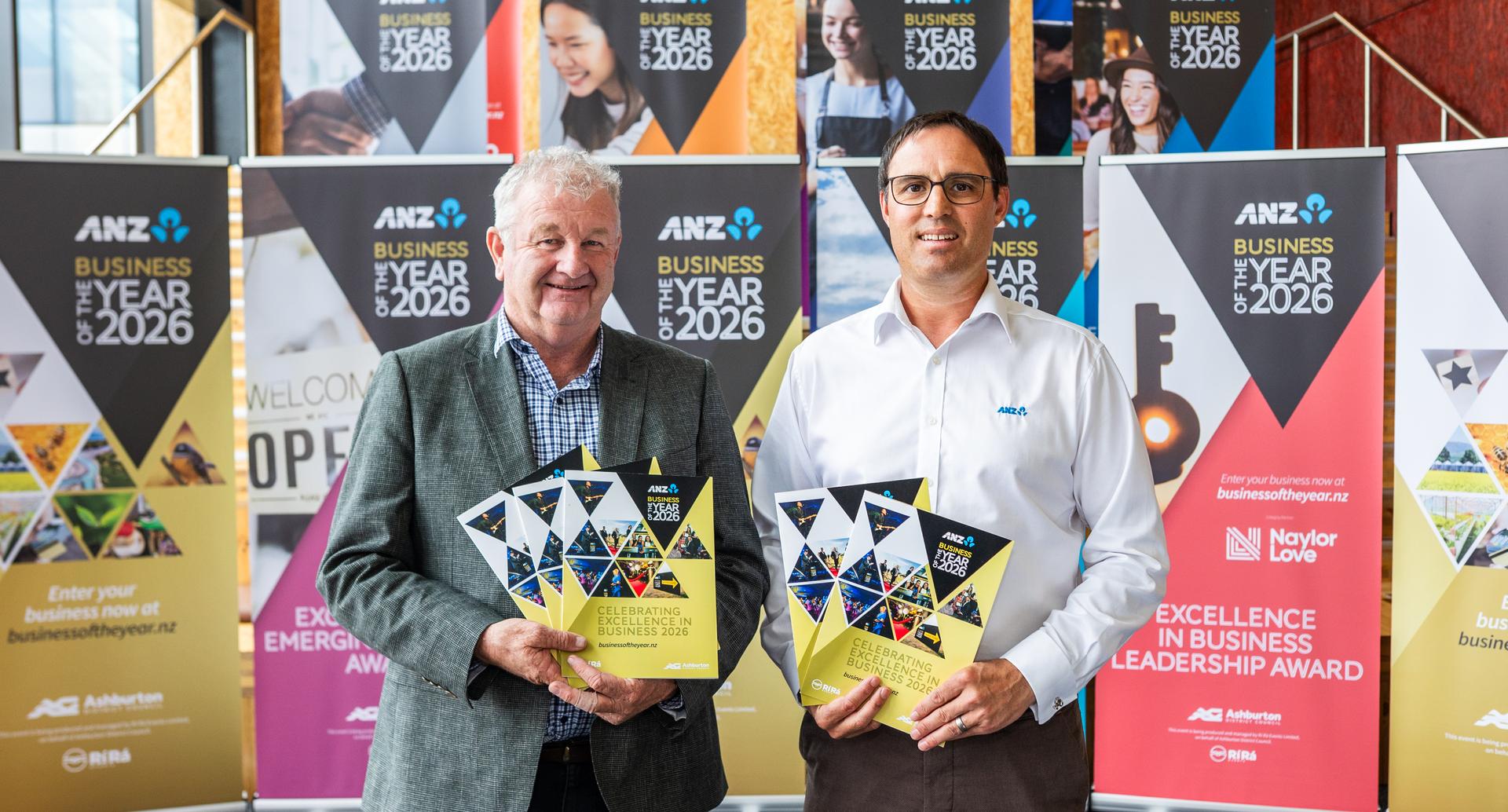New exhibit explores local Maori place names

The Māori history of Mid Canterbury will be explored from the sea to high country in a special mapping exhibit opening at the Ashburton Art Gallery and Museum on Sunday.
Kā Huru Manu is a cultural mapping project by Ngāi Tahu that is dedicated to mapping the traditional Māori place names and associated stories within the Ngāi Tahu rohe (tribal area). The exhibition will display seven maps showcasing Ngāi Tahu history within the Mid Canterbury area.
The exhibition opens to the public at 1pm on Sunday 19 June. Mayor Neil Brown, councillors and CEO Hamish Riach will attend a formal opening at 10am with Ngāi Tahu.
Members of the public are invited to attend a talk at 2pm by Ngāi Tahu Archive Manager Takerei Norton, who will outline Kā Huru Manu’s wider existence and goals.
Mid Canterbury school teachers have been invited to a special breakfast on Monday 20 June, where they will be encouraged to share the exhibit’s educational value with their peers and students.
Mr Norton said information gathered for Kā Huru Manu had been collected from many sources and the exhibition is one way of showing some of these information sources.
The exhibit was about sharing that knowledge so people now and in the future had an understanding of traditional Māori place names and how they originated, he said.
The Murney Room is being refitted to feature maps and stories, with digital devices so that people can search the Kā Huru Manu website to look at the history of Māori place names in other parts of the island too.
“We are hoping that people will take the opportunity to come along and learn about the local Māori place names throughout the Ashburton region.”
The whole cultural mapping project brings together an inherited history of Te Waipounamu (the South Island) which details ara tawhito (traditional travel routes) that provided access to resources, trade, and mahinga kai.
Over generations of use, Ngāi Tahu hapū and whānau developed an extensive and intimate knowledge of the place names, stories, mahinga kai resources, resting places, and natural features associated with each ara tawhito.
Share this article
Latest News
Anzac Day in the Ashburton District
Council partners with ANZ for business awards
Volunteer civil defence radio operator's long service recognised
Mayor: Keep up the water services feedback
Council services over Easter and Anzac Day 2025
Road Closures
BLANDS ROAD
from 17 May 9:00 to 17 May 16:30
WITHELLS ROAD CLOSURE
from 17 Apr 6:00 to 9 May 18:00
EALING ROAD CLOSURE
from 17 Apr 6:00 to 9 May 18:00
TREVORS ROAD
from 7 Apr 7:00 to 27 Jun 18:00
FRISBYS ROAD
from 28 Apr 8:00 to 28 Apr 19:00
View all Road Closures | Live map







